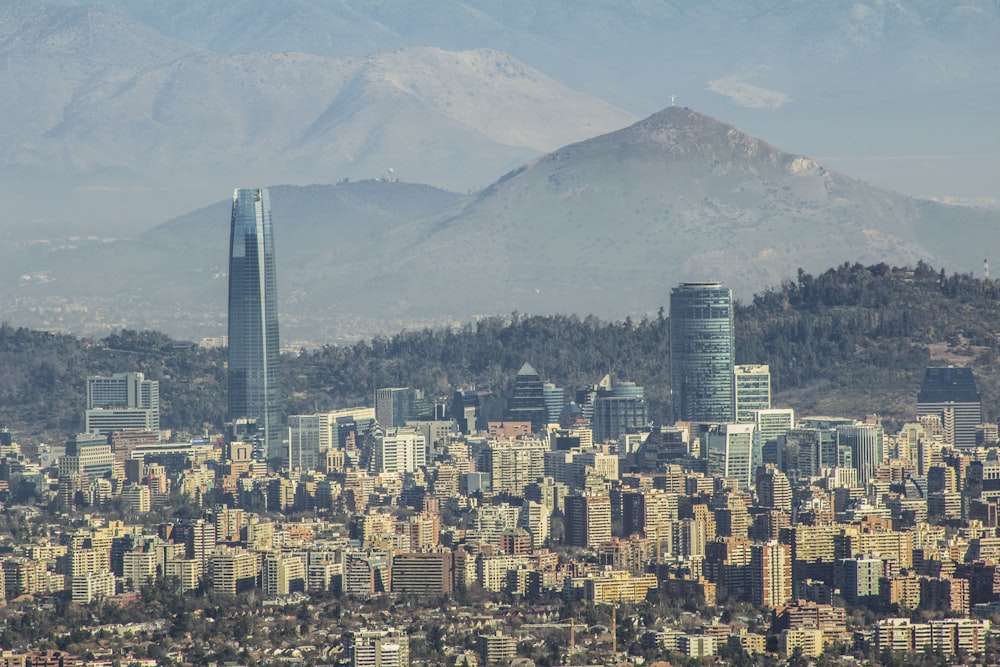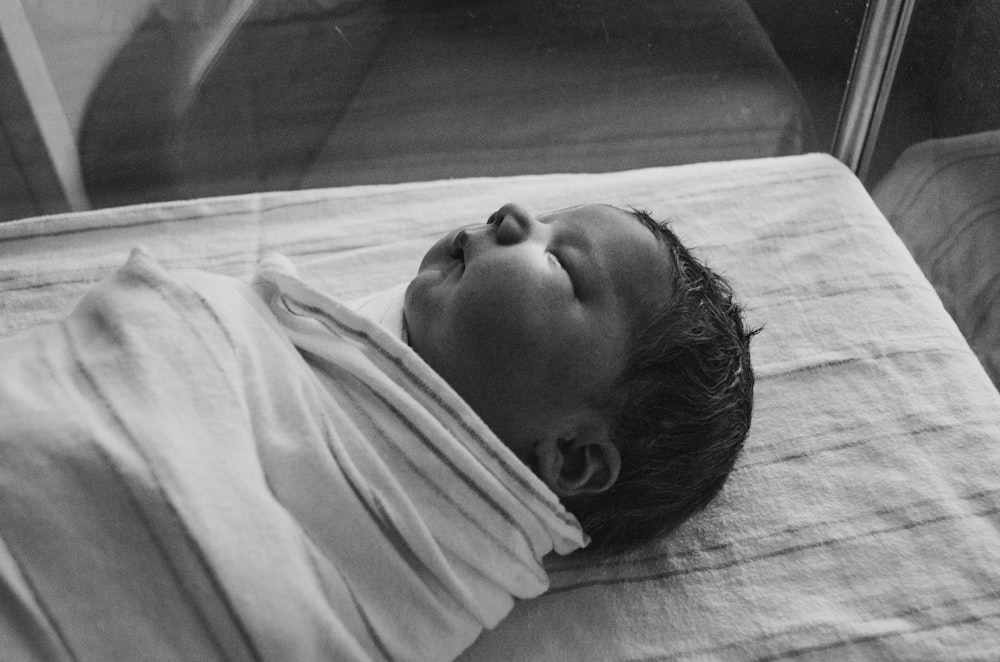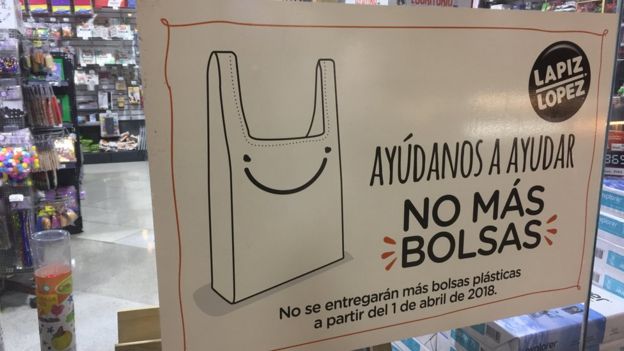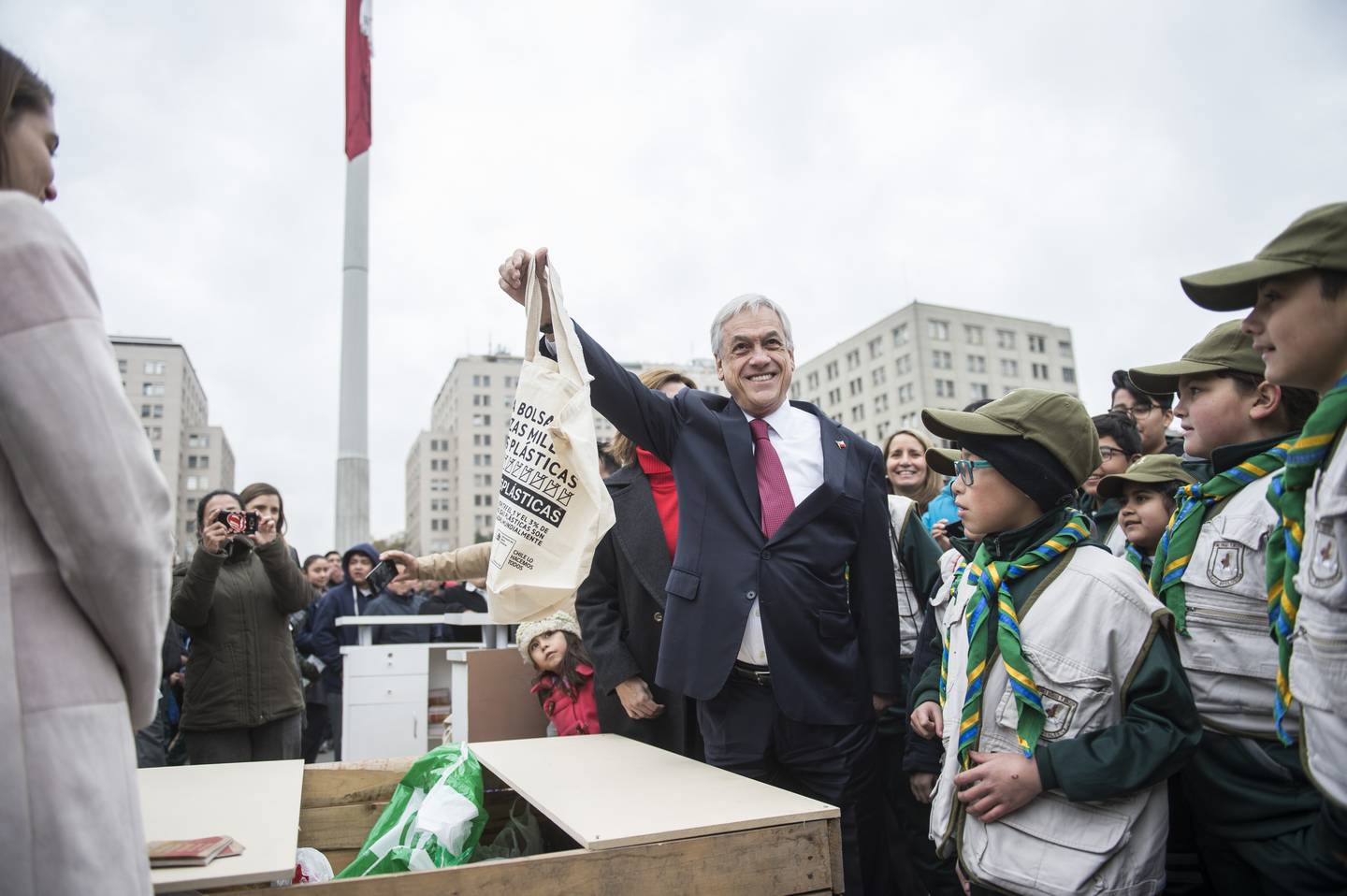Chile has no Multiple Listing Service (MLS) so finding properties can be difficult. Chile also has no public access to courthouse records so you can't find out who sold what for how much. This info is only available to lawyers but it makes it difficult to understand values and owners just make up numbers when they put their land up for sale.
The best way to find a property in Chile is by word of mouth. Visit an area you are interested in and just start asking around town to see who knows someone who wants to sell. Jim and I are doing this all the time and our latest contact has turned up 5 or so properties in the Lago Rupanco area of the Los Lagos region.
Here is one lot video posted on our Youtube channel.
This is just a spectacular property. Mountain views. River close by. 2 Waterfalls, a rental house, and an excellent home site as well.
Sunday, September 1, 2019
Sunday, August 25, 2019
Air Pollution in Chile
 |
| Santiago on a less smoggy day |
I often boast about all the clean fresh air we have here in the Los Lagos region. It blows up from the Antarctic clean and fresh and pure. Jim often jokes that the only pollution in our air is penguin farts. When I saw this report on air quality in Chile on this English language news site-
Chile Today
and the top 10 most polluted cities in South America were in Chile, I was not only surprised but a bit dismayed and disappointed.
Is this the Chile I know and love?
On the surface, it appears to be true but a little knowledge of Chile's way of life and climatic/topography factors put the numbers from this chart into a better perspective.
First, we must understand what PM 2.5 is which is what this report is measuring.
"The report focuses on PM2.5 as a representative measure of air pollution. PM2.5 refers to particulate matter (ambient airborne particles) which measure up to 2.5 microns in size and has a range of chemical makeups and sources. PM2.5 is widely regarded as the pollutant with the most health impact of all commonly measured air pollutants. Due to its small size PM2.5 is able to penetrate deep into the human respiratory system and from there to the entire body, causing a wide range of short- and long-term health effects. Particulate matter is also the pollutant group which affects the most people globally. It can come from a range of natural as well as man-made sources. Common sources of PM include combustion (from vehicle engines, industry, wood, and coal burning), as well as through other pollutants reacting in the atmosphere."
-from World Air Quality Report 2018 by IQ Air - Air Visual
Then we need to understand the topography and climate conditions of Chile. Chile is like California with a long central valley shooting straight down the whole length of the country. On each side are mountains - the Andes to the east and the Coastal Range to the west. This traps a lot of air down in the valleys when there are no winds especially over the cities located in these valleys. The drier climates of central and northern Chile also exacerbate the situation with no raindrops cleansing the air except sometimes in the winter.
And now we must look at some lifestyle factors. Most Chileans heat with wood. Wood is cheap and plentiful. We use it to not only heat our homes but our water and we cook with it though most modern Chileans use propane now. Wood burning stoves have been banned in most larger cities like Santiago but not in some smaller cities like Osorno which is near the top of the heavily polluted list.
So when you look at this chart
www.airvisual.com/world-most-polluted-cities
make a note of the air quality conditions in the summer months of December - January- February- March when most people are not burning their woodstoves heavily and the prevailing southerly winds are fresh and straight from the Antarctic. The number one polluted city in all of South America, unfortunately, goes to the little town or suburb of Padre Las Casas located just south of the large industrial city of Temuco in the Araucania region. And note that #10 is Puerto Montt which has moderate air levels most of the year because it sits on the ocean with nice southerly breezes.
"Chile has the highest recorded PM2.5 pollution levels in this the region, providing the top 5 most polluted cities here. Major regional emission sources contributing to air pollution in all countries include agriculture, transportation with inefficient vehicle and fuel standards, as well as biomass fuel burning for household and commercial heating and cooking. Chile, in particular, suffers from high levels of particulate pollution as a result of wood-burning for heating, which government policies are aiming to tackle by promoting access to cleaner heating technologies. (note that pellet stoves have been accepted for use in Santiago as they burn cleaner but the cost is prohibitive for the average Chilean)
MONITORING STATUS Real-time air monitoring coverage in this region remains moderately low, with Chile and Mexico supplying the largest number of measurement points. " - from World Air Quality Report 2018 by IQ Air - Air Visual
The town of Coihayque in Patagonia is situated in a bowl valley surrounded by mountains. Linked is an interesting story about some of its citizens.
https://www.theguardian.com/cities/2019/jul/17/a-city-suffocating-most-polluted-city-in-americas-struggles-to-change-coyhaique-chile
And an older story from 2015 about the air pollution problem in Santiago.
http://www.coha.org/the-battle-to-breathe-chiles-toxic-threat/
So I don't feel so bad about pollution in Chile. Yes, it is unfortunate and yes, it is a problem but there is a big difference between wood smoke and industrial/chemical pollution.
Sunday, August 18, 2019
Abortion Laws in Chile

In 2017, President Michele Bachelet lifted the ban on abortions in Chile with a clause giving doctors the right to refuse on the grounds of personal belief.
According to the Chilean Ministry of Health, 50% of doctors will not perform an abortion in cases of rape, 29% if the baby will die, and 21% will conscientiously object if the mother's life is at risk.
Or look at this another way - 50% of doctors will perform an abortion in cases of rape, 71% will abort a terminal baby, and 79% will perform an abortion if the mother's life is at risk. It doesn't seem like it should be too hard to find a doctor to perform an abortion in Chile.
See this BBC article for more info.
https://www.bbc.com/news/world-latin-america-49110647?intlink_from_url=https://www.bbc.com/news/topics/cvenzmgyg45t/chile&link_location=live-reporting-story
Sunday, August 11, 2019
Crime and Safety in Chile
|
|
| Mounted Carabineros of Santiago |
When considering relocating to a foreign country, crime and safety are always important considerations. Who wants to move to a foreign country to be the victim of a crime or perish in a natural disaster? No place is free of crime and danger but with some smart planning, you can decrease your chances of becoming a victim.
The shocking headlines of "Canadian Tourist Dies in Valparaiso" had many wondering how this could happen in Chile. Canadian Peter Winterburn was actually not a tourist but had lived and worked in Chile before and several months prior had moved back to Chile. He was familiar with the language, culture, and the city he lived in. He was just the victim of a random senseless crime. Here is a link on that for further reading -
https://chiletoday.cl/site/shocked-reactions-after-canadian-tourist-dies-in-valparaiso/
The shocking headlines of "Canadian Tourist Dies in Valparaiso" had many wondering how this could happen in Chile. Canadian Peter Winterburn was actually not a tourist but had lived and worked in Chile before and several months prior had moved back to Chile. He was familiar with the language, culture, and the city he lived in. He was just the victim of a random senseless crime. Here is a link on that for further reading -
https://chiletoday.cl/site/shocked-reactions-after-canadian-tourist-dies-in-valparaiso/

|
| Carabineros on parade |
According to Statista.com homicide rates for Chile are the lowest in Latin America. Chile ranks at 2.7 homicides per 100,000 people while Panama and Costa Rica, popular expat havens, are triple or more at 9.6 and 11.9 respectively for the year 2018. To put it more in perspective, the USA homicide rate in 2017 was 5.4 while Canada was only 1.8 which makes it the lowest in all the Americas. “They ought to give Chileans travel advisory warnings for the USA,” jokes Jim Dorchak, 6 yr. American expat living in Chile. “Chilean people as a whole are generally more restrained, reserved, and less aggressive than some of their Latino neighbors which may account for the country’s lower homicide rate,” notes Jim.
Numbeo.com has statistics on general crime levels throughout the Americas for 2019. Their statistics are based on surveys of the overall level of crime in a given area. The information found on Numbeo.com is people's perceptions based on what they see happening in their home countries or cities. It measures the safety of walking during daylight and during the night, worries of being mugged or robbed, worries of physical attacks, drug problems. It also summarizes the problem of property and violent crimes. Canada ranks number 1 with the lowest crime index of 39.51, Panama is number 2 with 46.43, Chile is number 3 with 46.81, and the USA is number 4 with 47.13.
Safearound.com ranks Chile, the only Latin American country, in the top 30 safest countries in the world. The USA is ranked number 49. Uruguay and Venezuela recently issued warnings for their citizens traveling to the USA to avoid large crowds and certain cities like Baltimore, Detroit, and Albuquerque because of indiscriminate violence. Safearound.com takes into account all kinds of crimes such as mugging, rape, robberies, road death toll, the occurrence of terrorist attacks and wars, to build their own ranking of the world's most dangerous cities and countries.
Safearound.com ranks Chile, the only Latin American country, in the top 30 safest countries in the world. The USA is ranked number 49. Uruguay and Venezuela recently issued warnings for their citizens traveling to the USA to avoid large crowds and certain cities like Baltimore, Detroit, and Albuquerque because of indiscriminate violence. Safearound.com takes into account all kinds of crimes such as mugging, rape, robberies, road death toll, the occurrence of terrorist attacks and wars, to build their own ranking of the world's most dangerous cities and countries.
|
|
| The eruption of Volcan Calbuco in 2016 |
Chile is a land of over 500 volcanoes. Its borders are within the Pacific Ring of Fire, one of the most dynamically unstable and active regions on Earth. There are 90 potentially active volcanoes and 60 of these have a historical record of activity. Despite this fact, Chile is still a relatively safe place to live as long as it is not on the side of a volcano! There aren't a lot of recorded deaths from volcanoes or from earthquakes either.
The strongest earthquake in recorded history was a 9.5+ quake in 1960 in Valdivia, Chile. The death toll was 1,655. The 8.4 quake in 2015 had a death toll of 13. The 8.2 quake of 2014 and only 7 died. The 2010 quake of 8.8 had a high death toll of 525 because of the tsunami aftermath.
So all the earthquakes in the past 60 years including the largest in recorded history with a combined death toll of less than 5,000. And you wonder why especially after seeing the aftermath of the 7.0 Haitian earthquake in 2010. Several factors are in play here. Chile is not as heavily populated, the buildings are better quality and built to withstand earthquakes, and Chile is much better prepared to pick up in the aftermath.
Six years of living in Chile as American expats have given Jim and Lori Dorchak unique insights and knowledge that they want to share with you!
This valuable resource will tell you:
- Why Chile should be tops on your list of places to retire
- A list of the documents you may need and how to have them authenticated
- How the cost of living is cheaper than some areas of the US
- How safety and crime are compared to the US
- How to rent or buy a place
- How to obtain residency
- and much more...
Please visit us at this site to place your order for a digital copy available instantly as a download.
Monday, June 10, 2019
Top 10 Things I LOVE about Chile!
By Lori Dorchak
1. The breathtaking natural scenery: the Andes with snow capped volcanoes, the rugged Pacific coast, the sparkling blue lakes, and the lush green Valdivian rain forest.From the driest desert in the world, the Atacama, in the north of Chile, to the Mediterranean climate of central Chile, to the rugged sub-antarctic climate of southern Chile, the diversity is incredible!

Punto Godoy facing south to Isla de Chiloe
2. The clean fresh air that blows up from the Antarctic. It’s some of the cleanest in the world.
The southern hemisphere is a lot less populated and less polluted and the winds from the more polluted northern hemisphere stay there as well as the ocean currents. So it’s a lot cleaner down here!

Rainbow over Petrohue on Lago Todos Los Santos
3. The kind, gentle people of the campo. Country folk are much different than those of the city so I am not speaking for the people of Santiago. But the people in the south of Chile in the country are for the most part kind and helpful and understanding as you stumble through their language!
Plus they love Gringos!
4. The culture is more family oriented. While most Chileans have small families, they admire large families.
The country is not filled with trashy billboards of a questionable nature.
The grocery aisles are not filled with porn and the streets are still safe for children to play and walk home from school unattended.
 Celebrating Fiestas Patrias
Celebrating Fiestas Patrias
5. Smaller, less invasive government that doesn’t spend money it doesn’t have.
Less taxes and fees, less rules and regulations. According to the Index of Economic Freedom, the government has shown prudent public financial management, keeping public debt low and budget deficits under control.
Plus government corruption is the lowest in Latin America.

Military parade in Frutillar Bajo
6. A stable economy that produces more than it consumes. The country exports more than it imports. Chile produces wine, copper, and veggies which are exported all over the world.
This culture is not based on consumption. Life is not about buying and buying, who has the nicest car, and clothes, who is wearing the latest fashions (It may be that way in Santiago but not here). And the quality of life is high. You don’t see much third-world poverty here like in Peru or Brazil.
7. The small town atmosphere where everybody knows everybody. Life is centered around the town plaza where people hang out to socialize. It’s reminiscent of the USA in the 1950’s.


Volcan Osorno on Lago Llanquihue
8. There is little to no social and civil unrest. No race wars. The level of crime here is half of what it is in the USA. though the communists are often causing minor problems in Santiago.
9. You don’t need any vaccinations to visit Chile as there are no tropical diseases and the water is always safe to drink.
10. Great tasting local fresh produce and seafood and the meat is always pasture fed! Little to no fast food here. Comida rapida (fast food) here is picking up a handmade empanada.

11. Less densely populated. With a population of 17.6 million, 1/2 of which is in Santiago, the rest of the country is pretty empty. No traffic jams, except at milking time when the cows cross the road–and no road rage.
12. A rich Christian cultural heritage where religious holidays are national holidays and it’s not illegal to show your faith.


Our Lady of Mt Carmel, Patroness of Chile
13. Inexpensive quality healthcare- $15 to see the doctor at the local hospital with the meds (antibiotics) running about $2-3.
14. Oops! What can I say? I got a little carried away and I could go on with more but I think I already went over my top 10!
Well, I just love Chile 

Friday, May 24, 2019
Bumblebees and Agriculture

Another sad story of how bringing non-native species into an environment that is fairly isolated, like Chile's, can cause problems for the native species like this big beautiful orange bumblebee native to Chile. To read more of the story go to this link from the Guardian and below is another link to the blog "Save our Bumblebee" which is trying to push for legislation to save native species.
Sunday, March 10, 2019
Chile's plastic bag ban
Before 2018, the plastic bag problem was crazy! Honestly, everywhere I went everyone was over using plastic bags. Everything was always doubled bag because the bags always had holes and sometimes there was only one or two items in a bag. I think we were all drowning in bags!
I was a bit surprised the time I went to the grocery store to discover that they were only going to give me 2 bags for my $200,000 CLP worth of groceries. I only shop once a month and had missed the big news but at least they were slowly weaning us off plastic bags. But it's never an easy transition. You buy reusable bags but invariably forget them so you have to buy more. Boy, the reusable bag makers were making a million (probably the friends of the politicians who enacted this legislation like the yellow vest legislation from 2016) But I admit plastics and the environment is a problem so I'm trying to do my share. Though I am glad to see some more alternatives as of 2019. Someone is now manufacturing paper bags for 500 CLP per bag and many have been using and recycling boxes which are usually free.

Patagon Journal "Possibilities for the future"
BBC Article - "Why some see Chile's plastic bag ban as rubbish"
I was a bit surprised the time I went to the grocery store to discover that they were only going to give me 2 bags for my $200,000 CLP worth of groceries. I only shop once a month and had missed the big news but at least they were slowly weaning us off plastic bags. But it's never an easy transition. You buy reusable bags but invariably forget them so you have to buy more. Boy, the reusable bag makers were making a million (probably the friends of the politicians who enacted this legislation like the yellow vest legislation from 2016) But I admit plastics and the environment is a problem so I'm trying to do my share. Though I am glad to see some more alternatives as of 2019. Someone is now manufacturing paper bags for 500 CLP per bag and many have been using and recycling boxes which are usually free.

Patagon Journal "Possibilities for the future"
BBC Article - "Why some see Chile's plastic bag ban as rubbish"
 |
| President Sebastian Pinera announcing the expansion country wide of the plastic bag ban photo: Gobierno de Chile |
Sunday, March 3, 2019
An adventure to Lago Rupanco and the hot spring beach
It was July and the middle of the winter but fairly mild and no rain. A good day for an adventure!
We had heard about the mysterious and elusive hot spring beach which could only be reached by boat. A beach where if you dug up the sand, the hot springs would come bubbling up. My first thought was "Is it safe?"
I hadn't heard any stories in the news of anyone being boiled alive on any beaches. Our elderly friends had gone and they came back alive and healthy. Then our favorite NZ family came back with all of their kiddos and tales of their magical experience. We had to go but where was the boat? "Well, you just drive out there until you find a boat and then the guy takes you over!" Ok! well that sounds simple enough so we loaded up the car with towels and drinks and snacks and bathing suits and shovels and our 2 workawayers and warm clothes (just in case) after all it was winter.
And so we drove out on the only road that goes along the lake. The lake is 40 km long from west to east and the road is a pretty poor dirt road with lots of curves and lots of pot holes. After a half an hour of bouncing around we found a boat! And it was a ferry boat but it looked suspiciously deserted. We knocked on the door across the street but they were not going out! Not easily deterred we continued our journey. We were rewarded after 10-15 minutes more of driving with a small sign that said
"fletes a las termas" translated "charter to the hot springs" With a big cheer, we turned in and went to find the boat.
|
|
| We found the boat! |
|
|
| digging, digging, digging |
|
|
| Letting in some cold water |
|
|
| Yes, I'm burning my feet off and the rest of me is freezing! |
|
|
| Ah, just perfect .... for a minute or two |
|
|
| The end to a magical day |
|
|
| Sunset over Rupanco |
For those who may want to visit, here is a link to places to stay with locals. It's a great cultural experience and supports the local economy in Las Gaviotas. (the seagulls) Stays also include fishing and horseback riding.
http://www.chileturismorural.cl/sitio/
Subscribe to: Posts (Atom)


